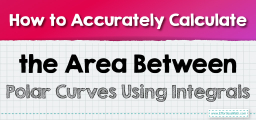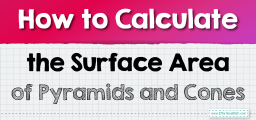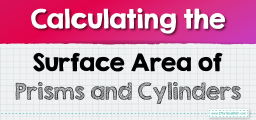How to Calculate the Areas of Triangles and Quadrilaterals

Examples
Practice Questions:
- Determine the area of a triangle with a base of \(12 \text{cm}\) and a height of \(8 \text{cm}\).
- Calculate the area of a square with a side length of \(6 \text{cm}\).
- What is the area of a parallelogram with a base of \(9 \text{cm}\) and a height of \(5 \text{cm}\)?
- A rhombus has one diagonal measuring \(15 \text{cm}\). If its area is \(45 \text{cm}^2\), find the length of the other diagonal.
- \(48 \text{cm}^2\).
- \(36 \text{cm}^2\).
- \(45 \text{cm}^2\).
- \(6 \text{cm}\).
Original price was: $109.99.$54.99Current price is: $54.99.
Original price was: $109.99.$54.99Current price is: $54.99.
Original price was: $114.99.$54.99Current price is: $54.99.
Related to This Article
More math articles
- The Ultimate 6th Grade NJSLA Math Course (+FREE Worksheets)
- Graphical Insights: How to Solve Systems of Non-linear Equations Step-by-Step
- Top 10 PSAT/NMSQT Math Practice Questions
- 10 Most Common 5th Grade FSA Math Questions
- How to Unlock the Secrets: “SIFT Math for Beginners” Solution Manual
- 10 Most Common 3rd Grade MAP Math Questions
- Best Office Chairs for Online Teaching
- FREE SAT Math Practice Test
- The Ultimate MEGA Elementary Education Multi-Content Math Course
- What is the Highest ASVAB Score?




























What people say about "How to Calculate the Areas of Triangles and Quadrilaterals - Effortless Math: We Help Students Learn to LOVE Mathematics"?
No one replied yet.